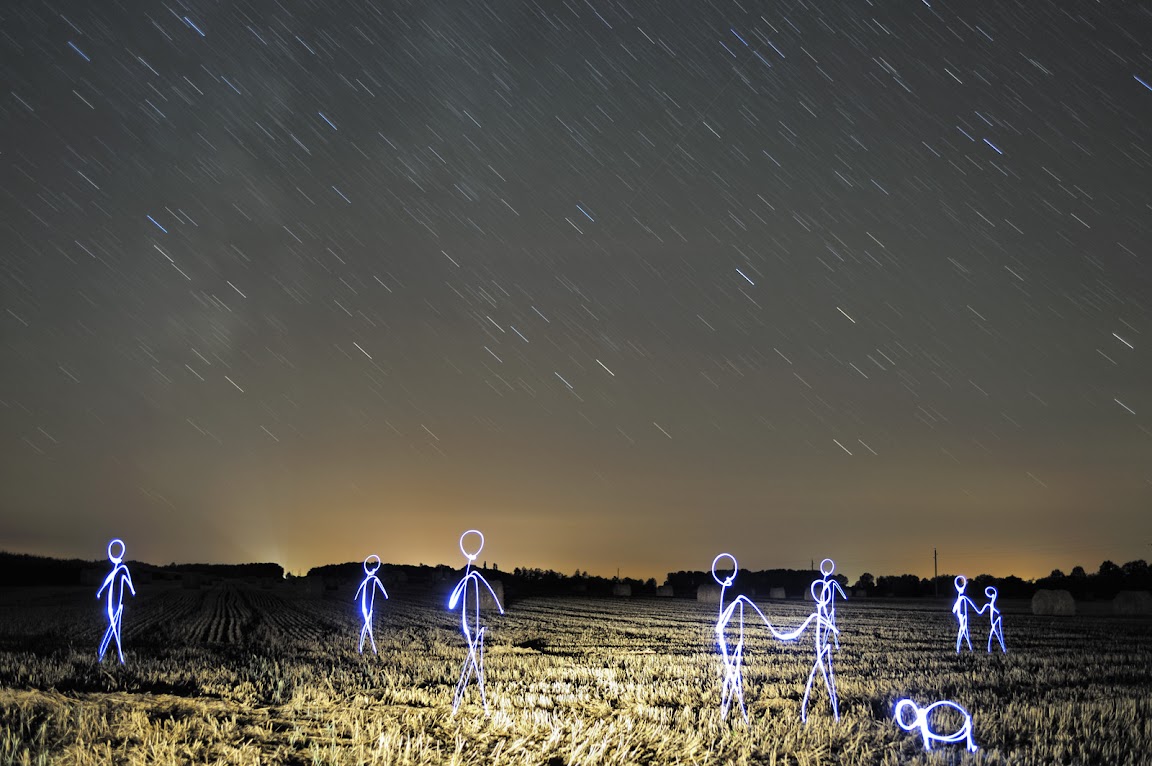Future Science: Essays from the Cutting Edge is the second non-fiction compilation from editor Max Brockman, following up the earlier essay collection, What’s Next? The topics are as varied as the authors: working scientists from fields as diverse as astrophysics, immunology, computer science, even a new discipline called “experimental philosophy”, which would probably fall under the heading of neuroscience or behavioural psychology (there are several more of those, as well).
Essentially, what Brockman did was get a lot of young, actively working scientists to talk about what’s exciting right now in their field. There’s a balance between the highly topical “look at this cool thing we’ve just discovered” and some of the broader implications of their work. It seems the contributors were given free rein, perhaps actively encouraged, to speculate a bit about what it all means.
I appreciated this larger context. Even though most everything in the book is, as the sub-title suggests, cutting-edge to varying degrees, references to the big picture provide something extra. There’s a sense in this book of being invited to look ahead and ask, well, what’s next? This provides a unifying theme which might be absent in, say, a best of year collection of science journalism. The result is both topical and an historical benchmark: this is us; this is the world — right now.
Kevin P. Hand, a planetary scientist, wants to talk about the next stage of deep ocean exploration — in Jupiter’s moon, Europa. Laurie Santos discusses everything from primate studies to game theory to the economics of consumer behaviour, in order to understand the leaps of illogic that lead to some of our terrible financial decisions. Kirsten Bomblies surveys what’s currently known about plant responses to stress — and what’s still to be determined, if we hope to help both crops and natural ecosystems survive the next century of climate change.
If there’s a weakness to this book, it’s an unevenness in its authors’ abilities to communicate their subjects to a popular audience. Some of the writers are naturals, they get to the essence of their work with a minimum of jargon and a maximum of depth. Others are clearly more used to submitting to academic journals, and their style is similarly technical. The subject matter is undoubtedly interesting, but some readers may find it a struggle to get through some of the more scholarly essays.
Science writing is a balancing act between maintaining interest, clarity, and accuracy. It’s possible to lose your audience in detail whether you’re talking about genetics, string theory, or behavioural psychology. I struggled with an article on cosmology, despite coming from a physics background myself.
But on the whole, Future Science delivers what it promises. It takes us to science’s many frontiers, and gives us a sneak peek behind the curtain. I can’t imagine another single book (well, other than its own predecessor) capable of giving such a broad view of scientific discovery on the cusp, as it stands right now. Not every major open question in the whole of science is covered — that would be unrealistic. But there’s plenty of food for thought here.
(Vintage Books, 2011)
Article first published as Book Review: Future Science: Essays from the Cutting Edge by Max Brockman (editor) on Blogcritics.

